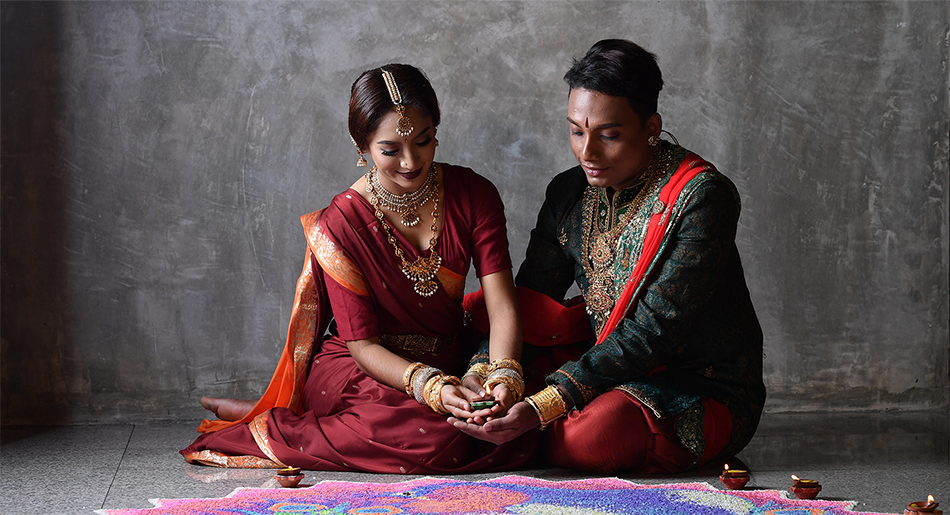Deepavali is celebrated by millions of Hindus, Sikhs and Jains around the world in either October or November, depending on the cycle of the moon. Also known as the Festival of Lights, Deepavali is not only a major festival in Malaysia, but also one of the most colourful celebrations in the country.
The word Deepavali or Diwali is derived from Sanskrit, which means “a row of lights”. While the term Deepavali is more commonly used in South India, it is usually referred to as Diwali in North India.
The five-day celebration symbolises the spiritual victory of light over darkness, good over evil, and knowledge over ignorance. There are many stories that are associated with the celebration of Deepavali. It is widely connected with the goddess of prosperity, Lakshmi, while in some regions, it’s the celebration of the return of Lord Rama to his kingdom Ayodhya with his wife, Sita, and brother, Lakshmana, after defeating Ravana in Lanka and serving 14 years in exile.
Like many other festivals, those who celebrate Deepavali will wear new clothes, which symbolise the promise of a new beginning. They will also perform prayers at temples and visit relatives and friends.
One of the must-have features during Deepavali is the kolam decoration, which can also be seen at malls around the country. Kolam, which is believed to bring good luck and fortune, is a form of decoration or drawing that is made using chalk powder or rice flour to produce geometrical drawings including curved loops, dots or symmetrical patterns.
Among the famous delicacies during Deepavali are murukku (a savoury, crunchy snack), athi resam (a puff made by frying a dough of sugar and ground fermented rice flour), halwa (a pudding-like dessert), and laddoo (a sphere-shaped sweet snack).
At night, the celebration is kept alive with the lighting of diyas, small oil lamps that are usually lined up along the pathway, gates or doorways, symbolising purity and goodness. Some would also lit up firecrackers to enliven the celebration.

